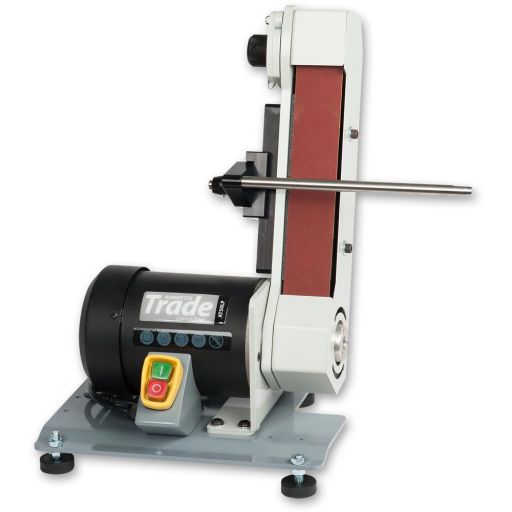I have a six inch Creusen grinder with white wheels and two Sorby 447 jigs. I grind chisels and plane irons on MDF discs on the lathe with abrasive paper stuck on them. (I also have a strong plywood box with a formica top that fixes down on the bed bars as a sanding table at centre height - no adjustment, but perfectly square (good for pen blanks)).
I don't know any turner that hones tools and I know a pro turner and several very good turners who don't get on with ProEdges because they don't like the dead flat grind. There's no way I could justify the cost for what advantage one would give me over and above what I've already got.
Yeahbut...
A new creusen grinder and 2 new 447 jigs would be almost the price of the Sorby. You are also an experienced turner and know what you are doing. I agree that for you, the additional benefit is marginal and not worth it for the cost.
To a beginner or somebody with nothing more than a performance power grinder fitted with the original wheel, it is a different story. Even having a box with a grinder in and another box with the jigs in, then working out what to put where can be intimidating. You pay your money and take your choice but the lack of any doubt with regards to setting up and getting going with the proedge is a huge positive to some.
At the end of the day there are numerous sharpening systems. Some are better than others, some people have a preference for one over another (rightly or wrongly). Whether a pro dislikes the dead flat edge or not, they would universally agree that a sharp tool is preferable to a blunt one, whatever the method used.








